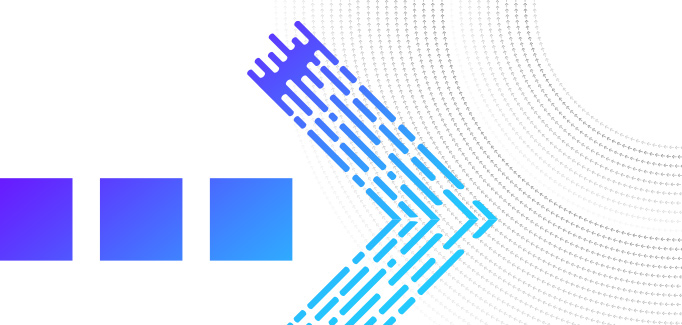NICE Actimize’s 2025 Top 5 Global Fraud Predictions
November 25th, 2024

As we move into 2025, the global landscape of fraud continues to evolve, driven by advances in technology, changes in regulatory frameworks, and the increasing ingenuity of fraudsters. As financial institutions (FIs) look to safeguard both their operations and customer trust, understanding emerging threats and strengthening fraud detection capabilities have become critical.
This blog explores the top five fraud predictions for 2025 that are shaping the industry and driving the need for innovative approaches to combat them. From the rise of synthetic identity fraud and the challenge of deepfakes in authentication to evolving payment scam detection and liability shifts, we delve into the strategies FIs must consider to protect against increasingly complex threats.
These predictions highlight the urgent need for robust fraud solutions and underscore NICE Actimize’s commitment to helping FIs stay a step ahead in the fight against financial crime.
- Application – Surge in Synthetic Identity Fraud Fueled by Data Breaches and AI Tooling
As the size and scale of data breaches continue to grow with more of our personal information held by a growing number of companies, it’s inevitable that synthetic identity fraud will continue to rise. These genuine, verifiable credentials combined in infinite possible combinations with artificial elements make it increasingly difficult for companies to filter the good from the bad. This leads to surges in account openings and loan applications. FIs will need advanced AI models and increasingly sophisticated identity validation to detect such activity effectively while enabling them to compete with customer expectations of ever-quicker account opening and credit worthiness assessments.
- Authentication – Deepfakes Pressure on Authentication Controls Requiring a New Approach
For many FIs, trust has become inherent in certain channels, particularly where transactions are authenticated in a certain way. Whether that be voice biometrics in the telephony channel or an off-device selfie comparison in digital channels. Deepfakes—both audio and video—have become a growing threat in bank fraud, especially in high-value transactions and account takeovers. Banks will need to invest in a multilayered approach to strengthen their existing voiceprint and facial biometrics solutions to further secure digital interactions and prevent unauthorized access. These solutions, coupled with ongoing transaction and event monitoring enabling dynamic authentication, represent the cutting-edge technology necessary to stay ahead of fraudsters.
- Fraud Risk Leads to NACHA ACH Rule Changes (US only)
Recent changes in NACHA’s ACH rules, such as enhanced validation requirements and faster processing capabilities, will streamline payment processing and increase efficiency. However, these changes also create new vulnerabilities that fraudsters can exploit. With faster processing, fraud detection systems have less time to identify suspicious activities before transactions are completed, making it crucial for banks to use AI-powered real-time monitoring tools. Integrating AI into inbound ACH transactions (RFDI) will help mitigate these risks, ensuring compliance while minimizing the window of opportunity for fraudulent activities.
- Detection – The Search for New Data Points to Efficiently Detect Payment Scams & APP Fraud
It’s no secret that scams are harder to detect than account takeovers because it is the customer making the payment using their normal channel of choice. It is precisely for this reason that there is more desire to collaborate than ever before, to identify new data sources that can be incorporated into detection strategies. Regardless of the regulatory landscape, FIs are seeing that when they combine their own data sources around onboarding with inbound payments and outbound activity, they can more effectively detect fraudulent “OnUs” payments to mule accounts on their own books. I predict that more FIs than ever before will start to monitor inbound transactions, as well as seek opportunities to collaborate one-to-one with peers on proof of concepts and look to leverage centralized consortia.
- Liability – Liability Shifts Focus as Scams Shift Channels
In countries where there is newfound liability for authorized payment fraud and potentially additional incentive not to receive the first movement of fraudulent funds, FIs will inevitably shift their focus, resources and investments to minimize additional exposure. This will lead to fraudsters adapting their existing highly effective social engineering tactics to focus on other types of transactions. We have already seen this in some geographies with card transactions and others with add-card-to-wallet registrations. I’d certainly not be surprised to see it evolve into all transaction types where the initiation can be remote, and a smooth authentication and a single screen leads to approval and execution. Some examples include certain credit card repayments, account funding and other payment request features leveraging open banking style flows.
Learn more about how NICE Actimize can help you fight fraud now and in the future with IFM, the industry’s most powerful AI-driven fraud management platform available today.




